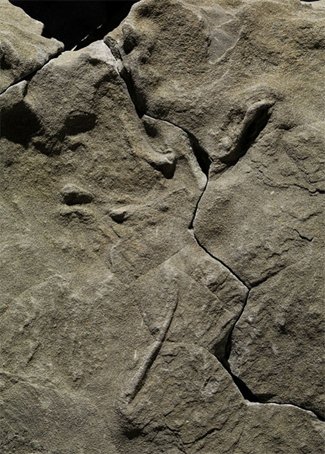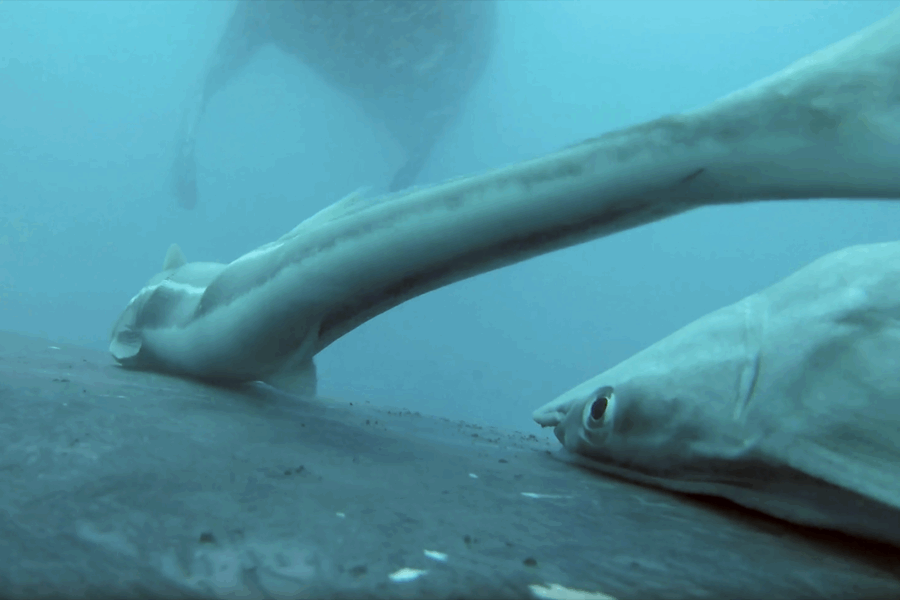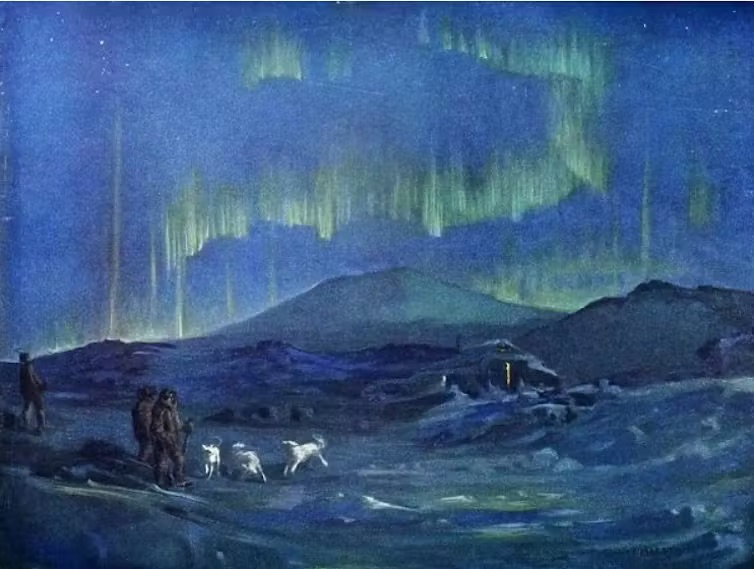Oldest bird tracks uncovered in Australia

TWO FOSSILISED FOOTPRINTS discovered at Dinosaur Cove, on Victoria’s south coast, are Australia’s oldest known bird tracks, researchers say.
The thin-toed prints, which were left on a sandy river floodplain about 105 million years ago, were made by two birds during the Early Cretaceous Period. At the time, the now-fossil-rich site in Victoria was a polar region, situated close to where Antarctica is today. The tracks provide the first evidence that there were birds in southern Australia during this period, and they were contemporaries of the dinosaurs.
“One of the most surprising insights provided by the tracks is the relatively good size of these birds,” says lead researcher Dr Anthony (Tony) Martin, from Emory University in the USA.
“The tracks reveal that they were relatively large wading birds, probably like modern herons or egrets, and at least one of the two was capable of flying.”
Prehistoric bird prints discovered in Victoria
Tony and his team closely examined the footprints, which were found by Museum Victoria and Monash University volunteers Sean Wright and Alan Tait in 2010. Their findings were published this week in international science journal Palaeontology.
The researchers concluded that one of the tracks was made by a bird as it landed and the other was made by its companion as it walked along the floodplain. A third track, found nearby, was made by a non-avian dinosaur.
“These tracks are evidence that we had sizeable, flying birds living alongside other kinds of dinosaurs,” Tony says. “The tracks show that the birds landed on and walked on the moist, sandy river floodplain. They probably did this during a polar spring or summer, after the flood waters from spring thaws had subsided and left plenty of sandy surfaces for them to stroll along.”
Tony and his team analysed the dimensions of the footprints, including their length, width and depth, and measured individual toe impressions. “I drew the prints in detail, which helped me to observe much more than if I had only taken photographs of them,” says Tony.

This illustration shows how the flight landing track was probably made. (Credit: Anthony Martin)
The tracks show rear-pointing toes, which identifies the prints as avian. A long drag mark leading to one of the tracks reveals the bird was landing when it left the print. “I immediately knew what it was – a flight landing track – because I’ve seen many similar tracks made by modern egrets and herons,” says Tony.
Oldest bird footprints in Australia
Evidence of birds from the Early Cretaceous Period is rare in Australia. “Finding anything like this adds to our very sparse knowledge,” says Dr Patricia Vickers-Rich, a palaeontologist from Monash University in Melbourne and member of the research team.
“These are the oldest bird footprints known from Australia and they are among the oldest in the Southern Hemisphere. We are delighted to have found more information about a group that we had known so little about.”
Dr Steve Salisbury, a palaeontologist at the University of Queensland, says this research provides important insights into Australia’s ancient birds. “It’s amazing to see evidence of behaviour such as flight captured in stone,” he says.
“Not only do these tracks demonstrate that bird evolution was well underway in Australia by the Early Cretaceous, they also offer hope that more evidence for these ancient birds awaits to be unearthed, both in southern Victoria and elsewhere in Australia.”
RELATED STORIES




